Mudi
The Mudi is a rare, medium-sized herding dog that originated from Hungary in the 19th century and was reportedly discovered by Dr. Dezso Fenyes. This is a hardworking and versatile dog that was mostly used to protect and herd cattle and sheep. These dogs are believed to have evolved naturally from crosses of Spitz-type dogs and other herding Hungary breeds - Puli and Pumi. By the 1930s, the Mudi was not even considered a separate breed. In 1936, the Mudi breed was separated from other Hungarian herding dogs.
The Mudi almost became extinct during World War II, when many were killed. The breed was protected and bred all over again by a few survivors. In 1966, Dr. Zoltan Balassy wrote the new standard for this breed to apply for FCI recognition (the recognition happened the same year).
FUN FACT: Today, there are no more than a few thousand Mudi dogs in the world, and most live in their native Hungary.

Height:
15-18,5 in (38-47 cm)

Weight:
18-30 lb (8-14 kg)

Origin:
Hungary

Life Expectancy:
12-14 years
Dog Breed Characteristics
This dog has an athletic, sturdy physique and is well-built. He has a distinct waistline and long legs. The head is fox-like with a medium-sized muzzle and perky ears (which are floppy when they are born). Sometimes the Mudi is born naturally docked, and sometimes, he has a straight, medium-length tail.
This breed is alert and has strong protective instincts when it comes to its family or flock of sheep that it is in charge of protecting. They have been described as being keen, intelligent, and developing strong connections to their family. They are famous for their loud and high-pitched bark.
Although their numbers are low, these dogs are recognized by most of the major cynology associations and clubs. Their standard has been changed, written, and rewritten many times throughout history and the main standards we will be focusing on are the Fédération Cynologique Internationale mostly abbreviated to FCI, and the American Kennel Club or the AKC standard.
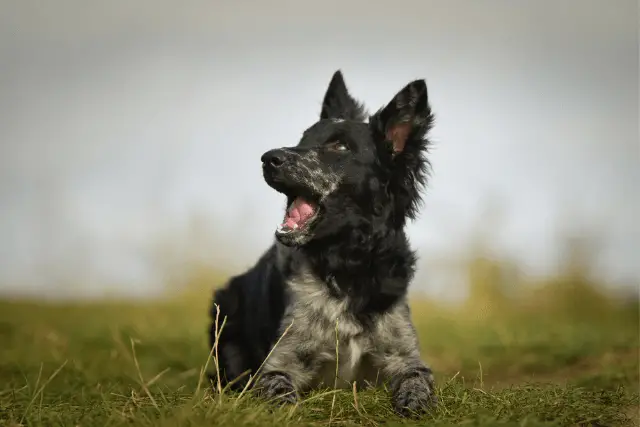
Grooming and shedding
The Mudi’s coat is medium-sized, thick, wavy, or even slightly curly. The coat on the face and legs is shorter than the coat on the rest of the body. The coat comes in six different colors, including
- black (most often),
- brown,
- ash,
- fawn,
- white,
- black merle.
Usually, there is a small portion of white coloring on every Mudi’s coat.
This white area will typically be on the dog’s toes or chest. The Mudi’s coat is easy to take care of and doesn’t require any professional grooming. The coat is capable of repelling dirt. Shedding is minimal so weekly brushing will be enough to keep the coat clean and healthy. The rest is basic care – trim the dog’s nails regularly, brush his teeth, check his ears for build-ups, and bathe him when needed.
FUN FACT: This dog hates getting his nails clipped, so it is recommended to use a nail grinder to take care of Mudi’s nails.
Energy level
These are generally happy, playful, enthusiastic, and energetic dogs. They appreciate a good run and excel at flyball, obedience, herding, and Frisbee. Mudis love to be physically and mentally challenged. This dog is an excellent choice for people with an active lifestyle. When not exercised properly, this dog can be destructive (because of the extra energy).
Usually, when they are not exercised properly or left alone for too long, they will chew furniture, clothes, or shoes, bark, and dig where they shouldn’t. Mudis love to dig and they are good at what they love to do!
FUN FACT: Mudis are jumpers and can jump a six-foot fence.
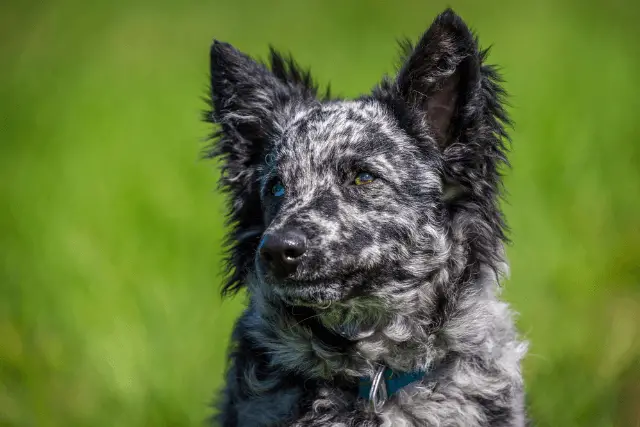
Training
Mudis are quite alert and they make awesome watchdogs. These dogs are barkers and will bark at everything. Barking to alert their families is an instinct for them. It’s best to train them to be quiet on command.
Mudis are eager to please and thus highly trainable. They are also very intelligent and it is said that they “soak up training and new commands like sponges” (much like the Border Collie). They are easy to train and well-suited for other jobs like search and rescue, dog sports, herding trials, etc. Positive reinforcement-based training will be highly effective. This dog doesn’t respond well to yelling or punishment.
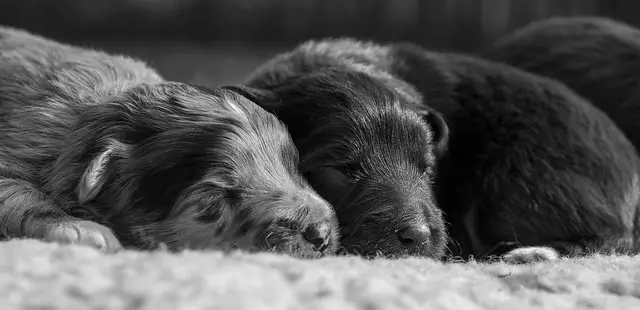
Socialization
Socialization is a big part of every dog’s life. Mudi is no different. These dogs form strong bonds with their family and are usually distrustful towards strangers so socialization is a must. Expose your dog to new situations, sights, smells, dogs, and people. That way, your dog will learn to adapt to new situations and will know how to react peacefully and calmly.
Mudis, in general, are distrustful of people they are not familiar with, and incidents can happen if strangers are not introduced to them properly. Through proper socialization, the risk of such incidents happening can be reduced to a minimum.
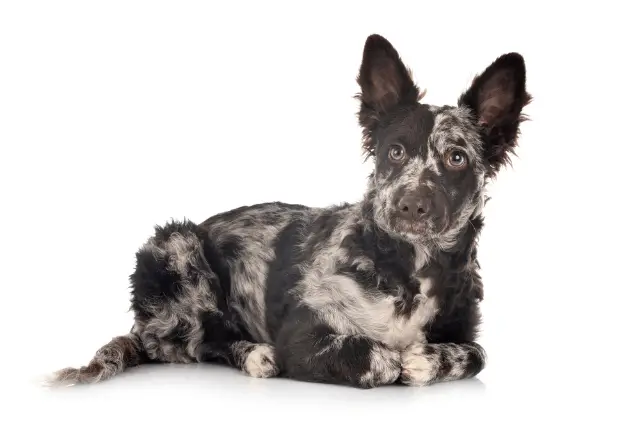
Mudi and children
The Mudi is fearless, unfailingly loyal, and protective of his whole family. He loves personal attention and human companionship. The Mudi is good with his family’s children as well as pets. However, it is important to socialize the dog properly and to teach the kids that this dog does not like to be teased or treated roughly.
Children should be taught how to interact properly with dogs. He is loving to his family but reserved to strangers. Strangers need to be properly introduced to the dog.
FUN FACT: This dog has a tendency to bond more deeply with one particular person within the family, so if you are that person expect your Mudi to follow you EVERYWHERE you go.
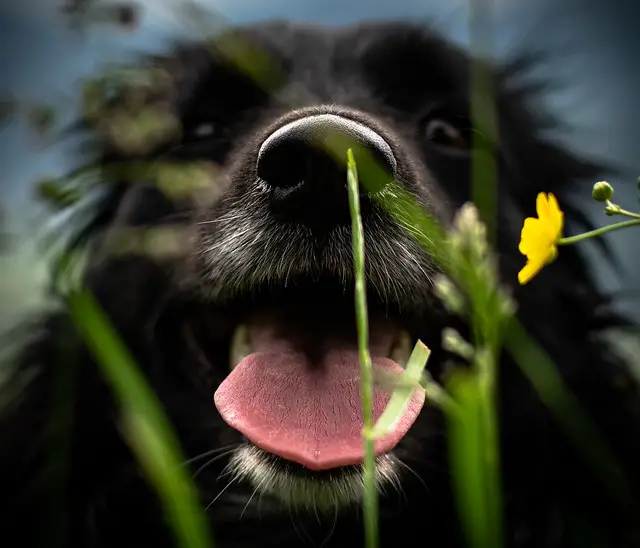
Health problems
The Mudi is a generally healthy breed with an expected life span of 12 to 14 years. There are just a few health issues that these dogs are prone to. These health issues are
- hip dysplasia,
- epilepsy,
- cataracts,
- color dilution alopecia ("blue dog syndrome"),
- patellar luxation.
Mudi breeders
As these dogs are not common worldwide, finding a reputable and registered breeder will also present a potential problem. Before you search for a breeder, make an informed decision about how well this breed fits your lifestyle. These dogs are energetic, and if you lead an active lifestyle, it will be a great fit.
Ask the breeder as many questions as possible and find out everything you can about this breed. Make sure the breeder presents you with all the required documents and licenses for breeding as well as health certificates of their breeding dogs. After that, you will be sure that you are making the best possible decision for you and your new dog. The Mudi is an extremely rare breed, and you can expect to pay around $800-$1000 USD for a well-bred Mudi puppy.
World Dog Finder team

Updated at31.08.2023.
Breed History
The Mudi is not the oldest breed in the world; it is about 250 years old. As we already said, they originated in Hungary, and Hungarian people started utilizing sheepdogs as early as the 19th century. The primary source of food production was raising livestock and where there is livestock there are also predators. Early Hungarian shepherds started using dogs as their “help” and started breeding them with one goal in mind - their great working ability. At that time, dog breeds were not officially categorized and named, they were only divided by their size.
There were two main categories - big and small. Dogs of the same size and working abilities were picked and bred to produce a dog with similar traits. The official classification and naming of the breeds started in the late 19th century.
This breed is believed to come to life by crossing mainly three known dog breeds - the German Spitz and the Hungarian breeds Pumi and Puli. It is also believed that the result of crossing these breeds were dogs of different sizes, and then these dogs were picked and bred further according to their size. Some canine historians say that Mudi is closely related to both Pumi and Puli, and they share a lot of their history.
One of the first dedicated Mudi breeders was a museum director in the city of Balassagyarmat, Hungary. His name was Dr. Deszö Fényesi, and he started breeding this breed in the 1930s. Through his efforts, this breed was officially named and became recognized by the Hungarian cynology association. He alone is credited with naming this breed, and it is said that he bred only the best quality Mudis.
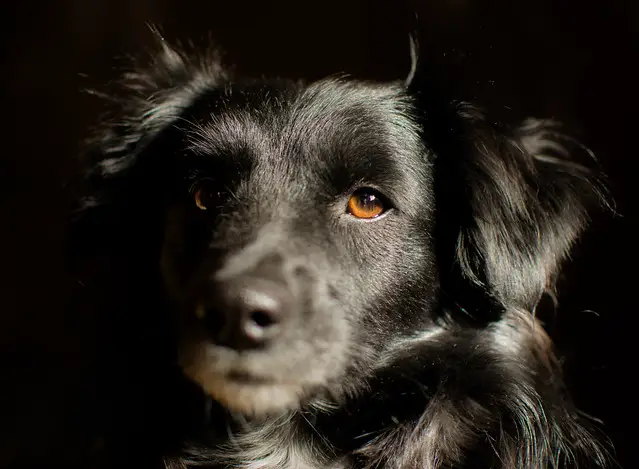
As for many European and Asian dog breeds, World War II had devastating consequences. This breed was already quite rare and many of them ended up killed during the war. The remaining bloodlines took a severe hit, and the breed came close to extinction. The breed was bearly holding to life, and only thanks to a few breed enthusiasts and lovers did it survive. The breed’s revival and restoration started in the 60s. The most important individual that should be credited for this is Dr. Zoltan Belassy who wrote the new breed standard and applied Mudis for the FCI recognition.
The standard he wrote wasn’t too far from the original standard, but because some other breeds were introduced into Mudi bloodlines, their allowed colors and size has been changed. He made sure that these new changes get into the official standard that was ultimately approved in 1966. Despite their best efforts, not many people became interested in this breed, and it remains rare. Most of the Mudis can be found in their native country Hungary.
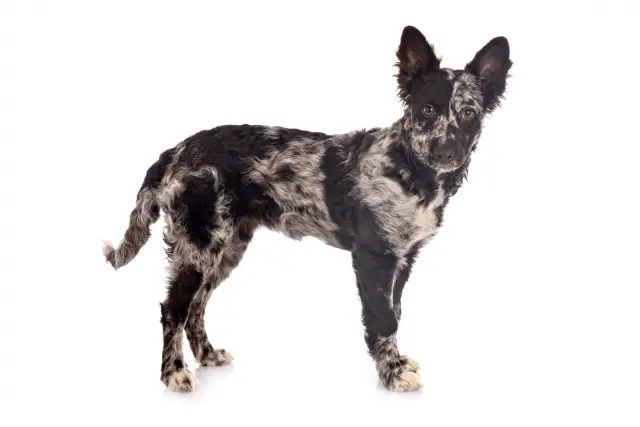
The fight for the survival and popularization of this breed is not yet over. Mudi breeders are extremely active, and despite their small numbers, they have achieved great things. They widened the standard for this breed in 2000 and included some of the first colors original Mudis had. Up to this day, this is the only herding dog breed that allows solid white and merle colors in their standard.
They applied for recognition by the American Kennel Club in 2004, and the same year, they managed to get this breed on national postage stamps in Hungary. The Hungarians consider them national treasures.
We already mentioned that this breed is still considered rare and their numbers are low. However, these dogs remain a great working breed and have been employed worldwide as service dogs. They are popular herding, shepherding, and sporting breed that has great results in dog sports such as obedience, flyball, and agility.
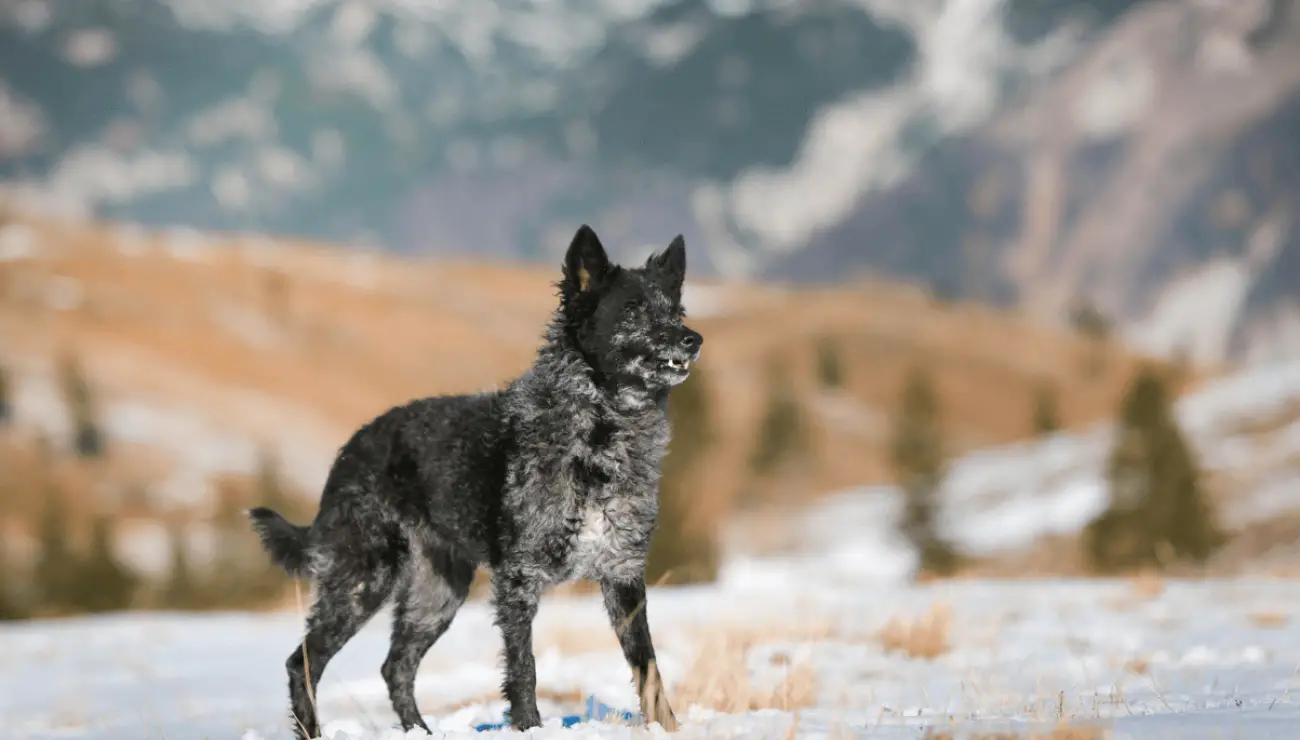
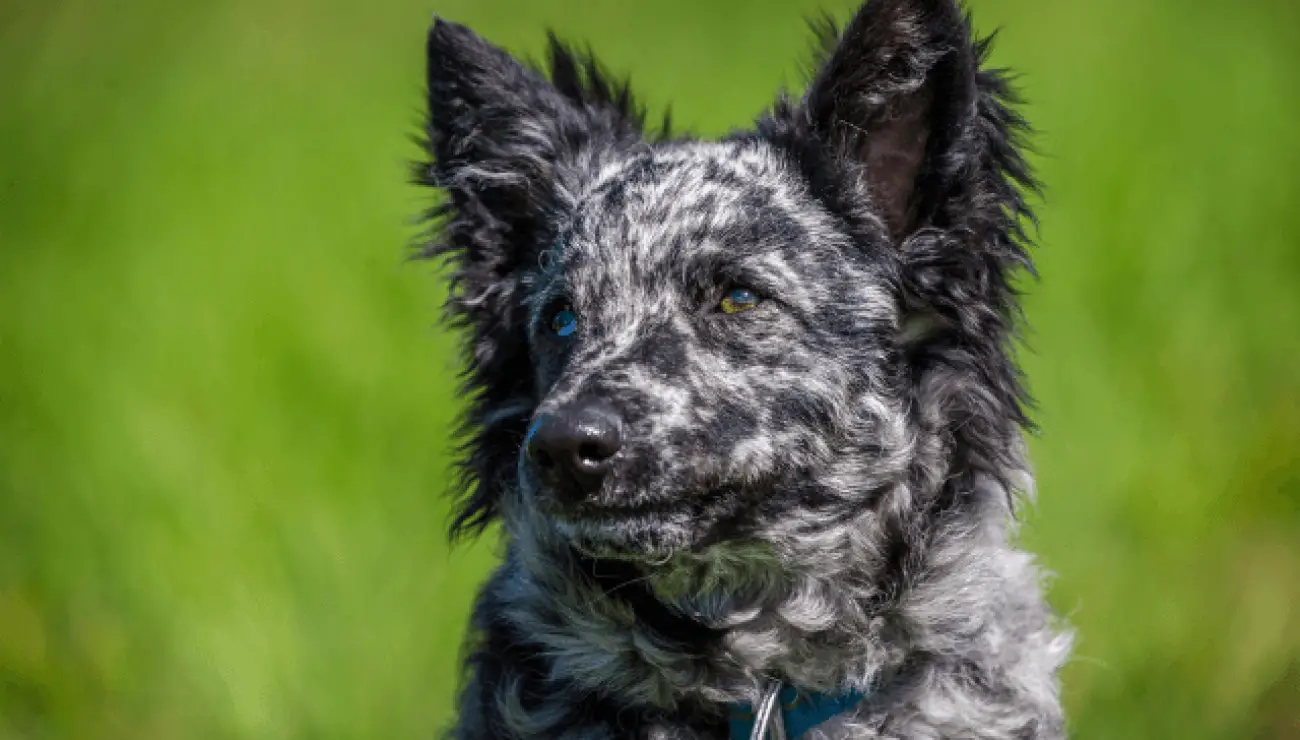
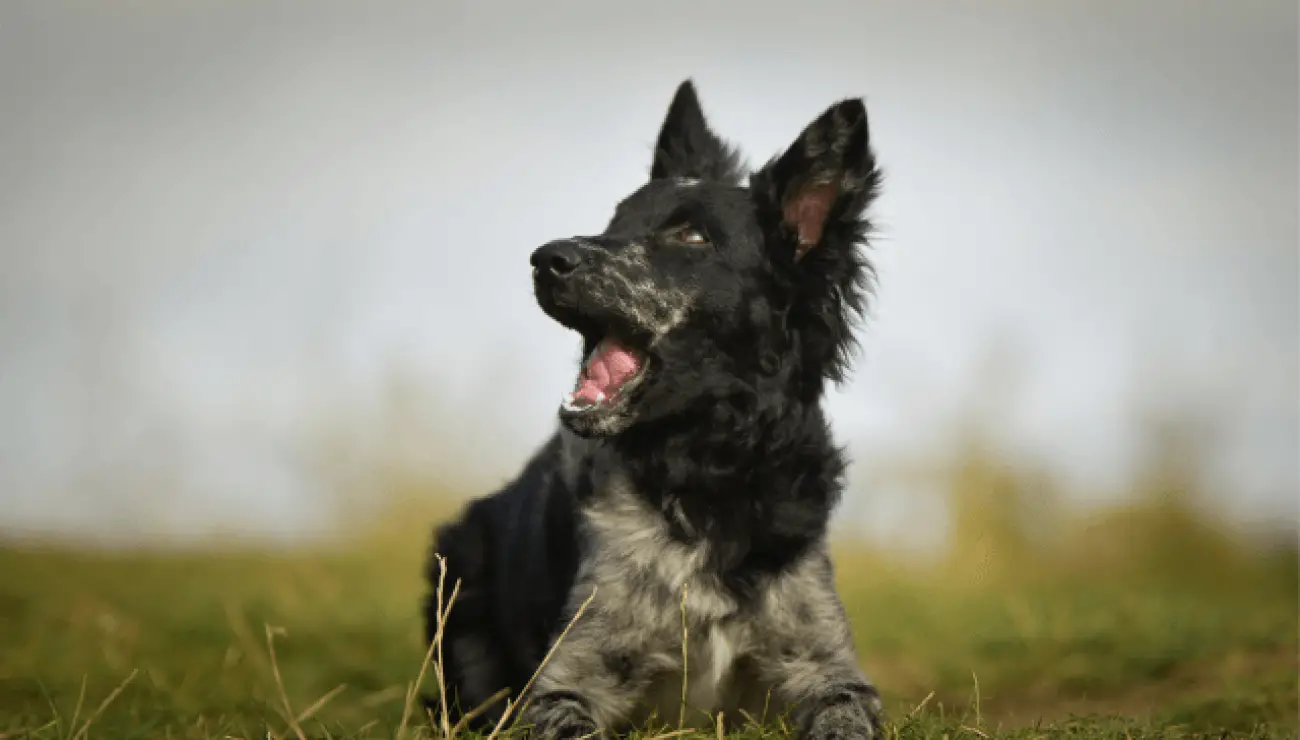
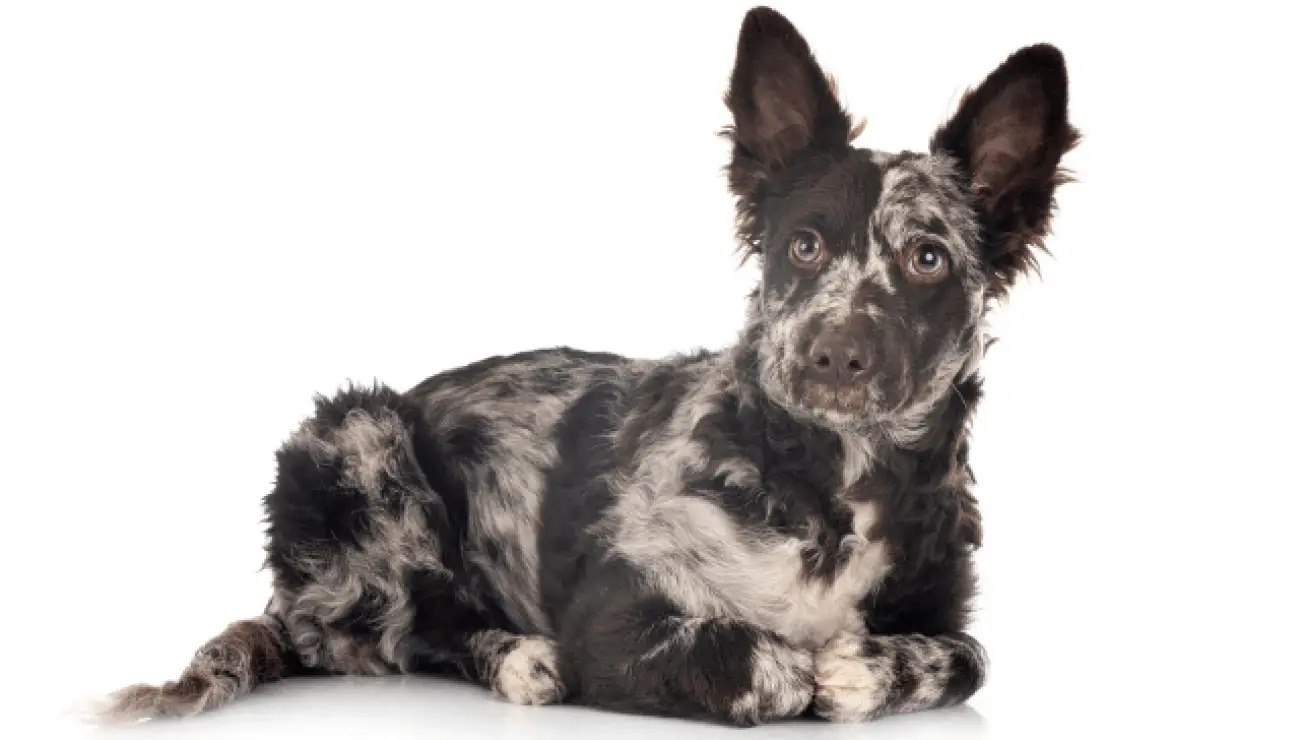
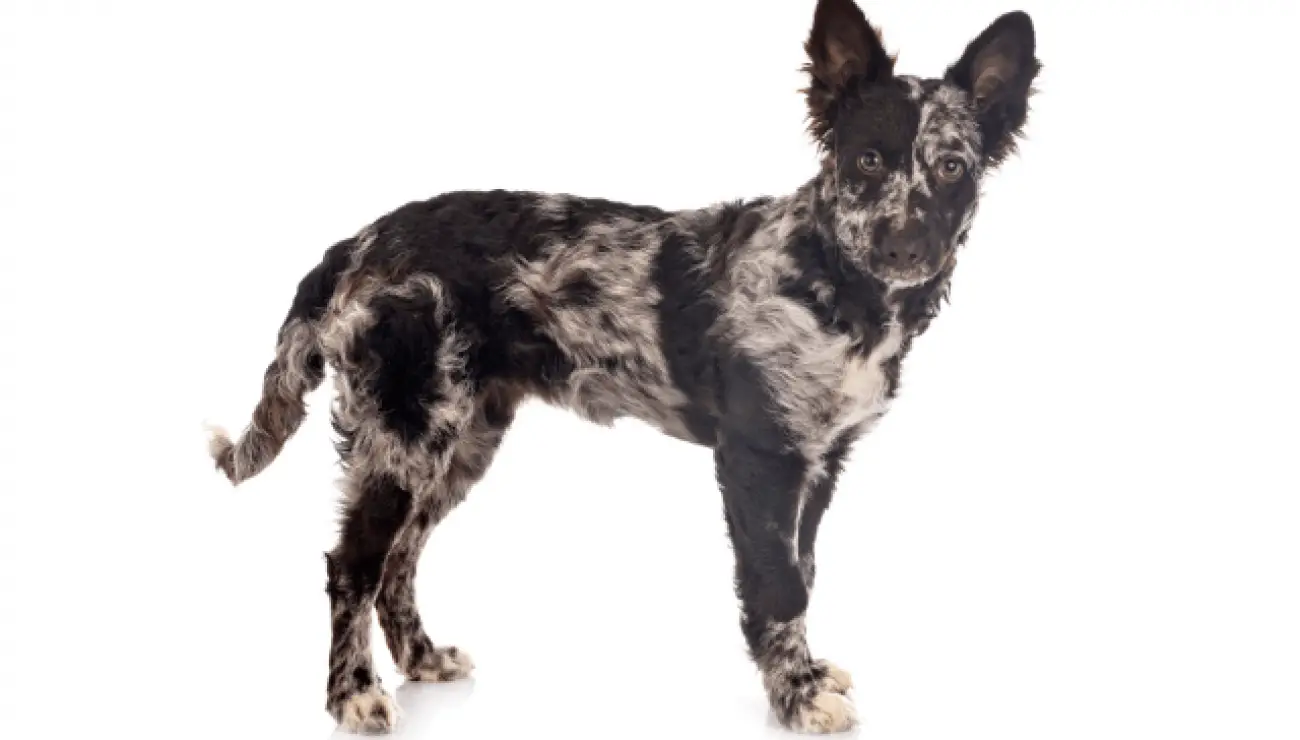
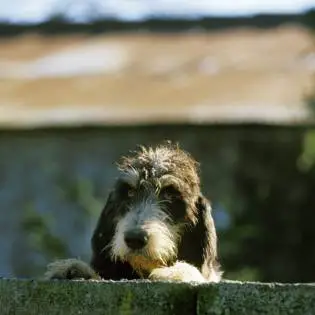

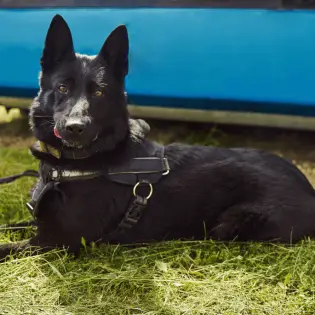
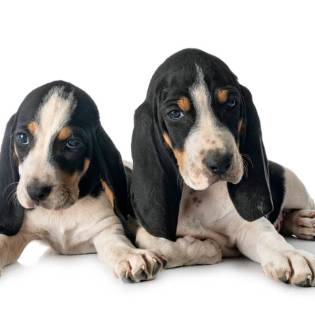
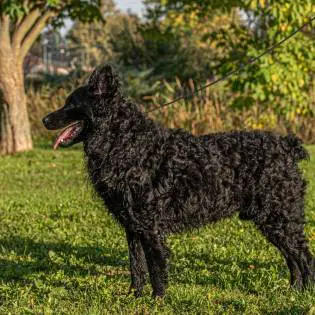
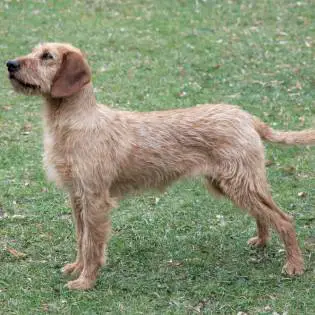
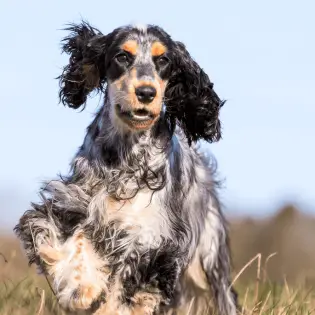
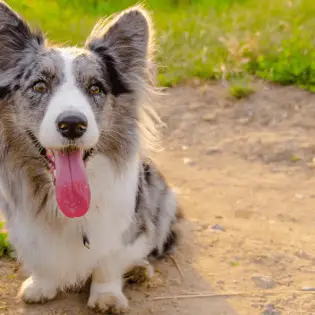

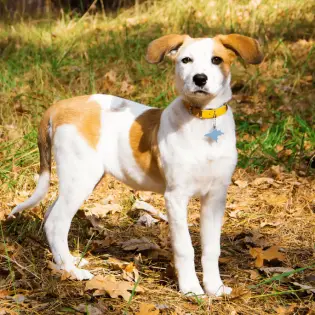

Share